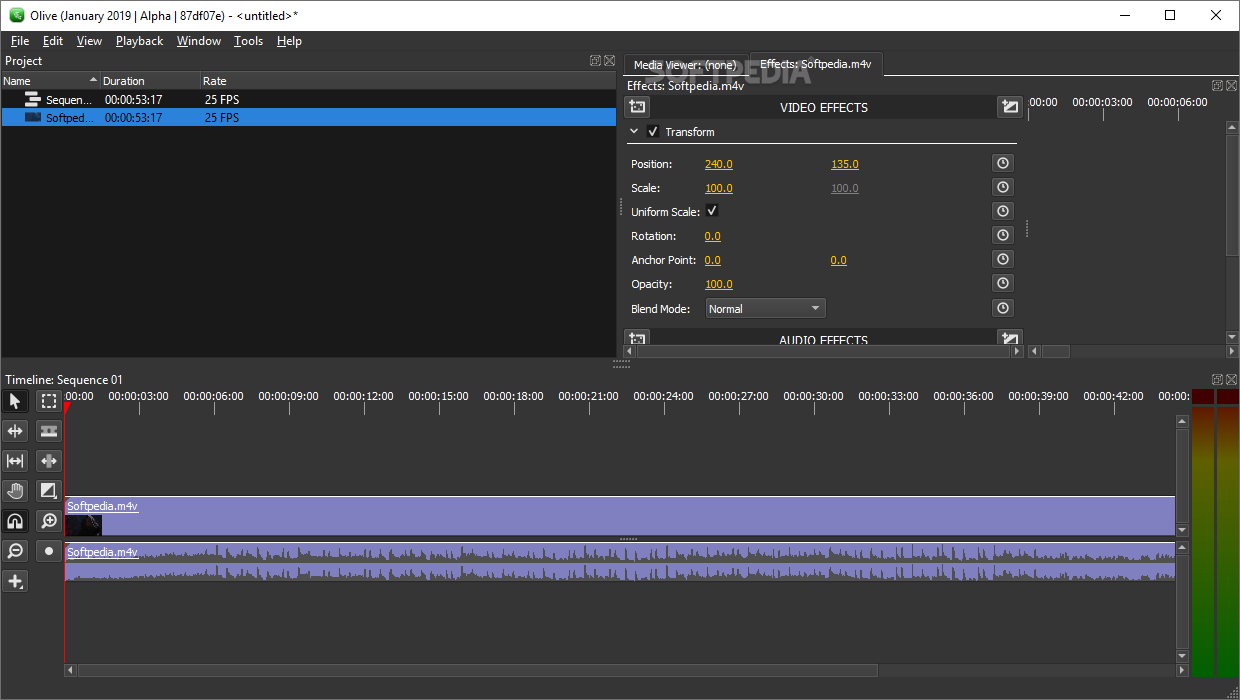

The cookie is set by the GDPR Cookie Consent plugin and is used to store whether or not user has consented to the use of cookies. The cookie is used to store the user consent for the cookies in the category "Performance". This cookie is set by GDPR Cookie Consent plugin. The cookies is used to store the user consent for the cookies in the category "Necessary". The cookie is used to store the user consent for the cookies in the category "Other.

The cookie is set by GDPR cookie consent to record the user consent for the cookies in the category "Functional". The cookie is used to store the user consent for the cookies in the category "Analytics". These cookies ensure basic functionalities and security features of the website, anonymously. Necessary cookies are absolutely essential for the website to function properly. Post close(w_mdiframe_test) // close the dummy mdi frame Post close( w_response_test) // only if it wasn't open already Opensheet( w_response_test,w_mdiframe_test)
Open anvil software on windows 10 code#
Your code would then look like: open(w_mdiframe_test) // open the dummy frame Interestingly the Powerbuilder help explicitly states NOT to open a response window with the opensheet command. With this approach you will also need to create a ‘dummy’ MDI frame which you open first then use in the opensheet call. That will make the called window behave like a sheet, even though the type is response. If you don’t want to change its type, you can also do an OpenSheet(). If the window is as response window, at the moment you execute the ‘open()’ your code will wait to execute until it closes. If you don’t want the flicker of the window opening and closing you could send it a parameter in an Openwithparm call (instead of Open) which you read in the open event of the window and then set the x,y coordinates of the window to -5000 or something. Post close( w_window_b) // only if it wasn't open already If you are not using an MDI application the approach is a bit more straightforward. Where ‘w_frame’ is the name of your frame window. So in Sheet A you call/trigger the method on Sheet B like this: w_frame.event dynamic ue_nextreq(ls_parm) Lw_opensheets.event dynamic ue_nextreq(as_parms) trigger event on sheet and send it a string parameter in this instance, trigger it on the first sheet in my lw_opensheets array if multiple versions of the same sheet are open, you have may wish to do extra stuff to trigger the event on the correct one. Li_return = this.wf_GetSheetsB圜lass(lw_opensheets,'w_inv_action_list') using hard coded value but could just as easily be a string parameter This event gets triggered by the sheet FROM which you wish to call the other sheet. Loop until IsNull(lw_sheet) Or not IsValid (lw_sheet)Ĭreate an event on the Frame to call the function. If ClassName (lw_sheet) = as_classname then int wf_getsheetsbyclass(ref aw_windowarray, as_classname) Define a function on the MDI Frame window which takes a window array parameter by reference and a string. This can be put on your frame directly fairly easily.

You call it and pass in a window array and the classname (window name) you are looking for and it populates the window array and returns the number of sheets of that particular class. The PFC has a method to get the sheets of a certain class called ‘of_getsheetsbyclass’. In you have an MDI application you need to get a reference to the sheet. If you need to trigger and event or call a function on another window within an application, here are two solutions. Posted on Friday, December 3rd, 2010 at 8:20 pm in


 0 kommentar(er)
0 kommentar(er)
